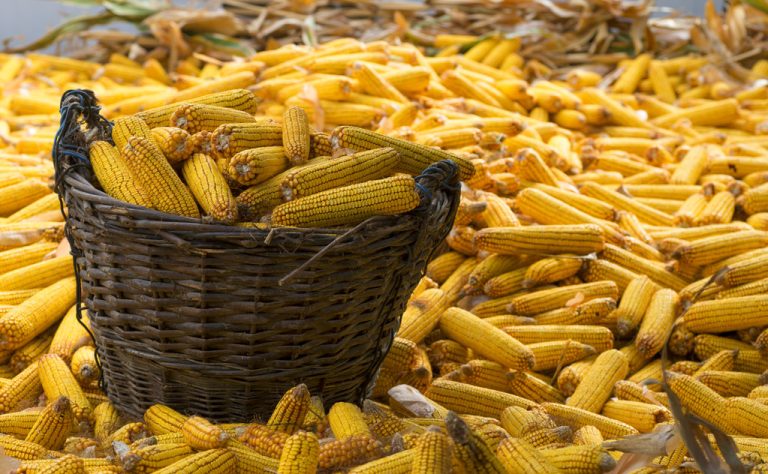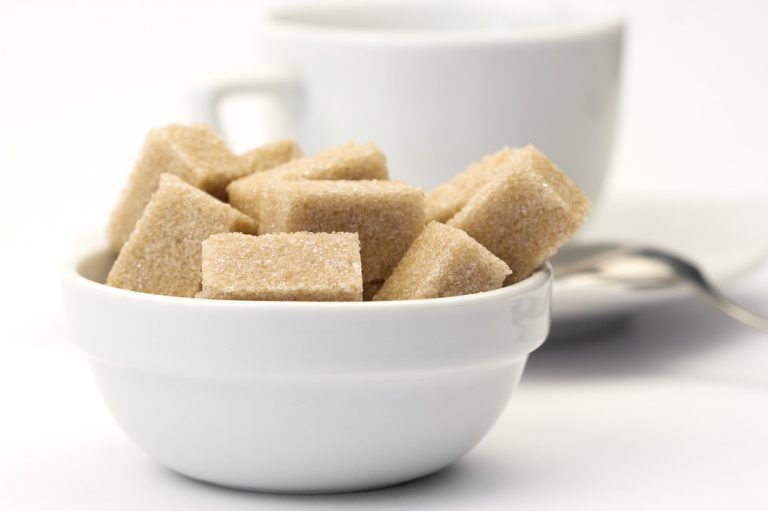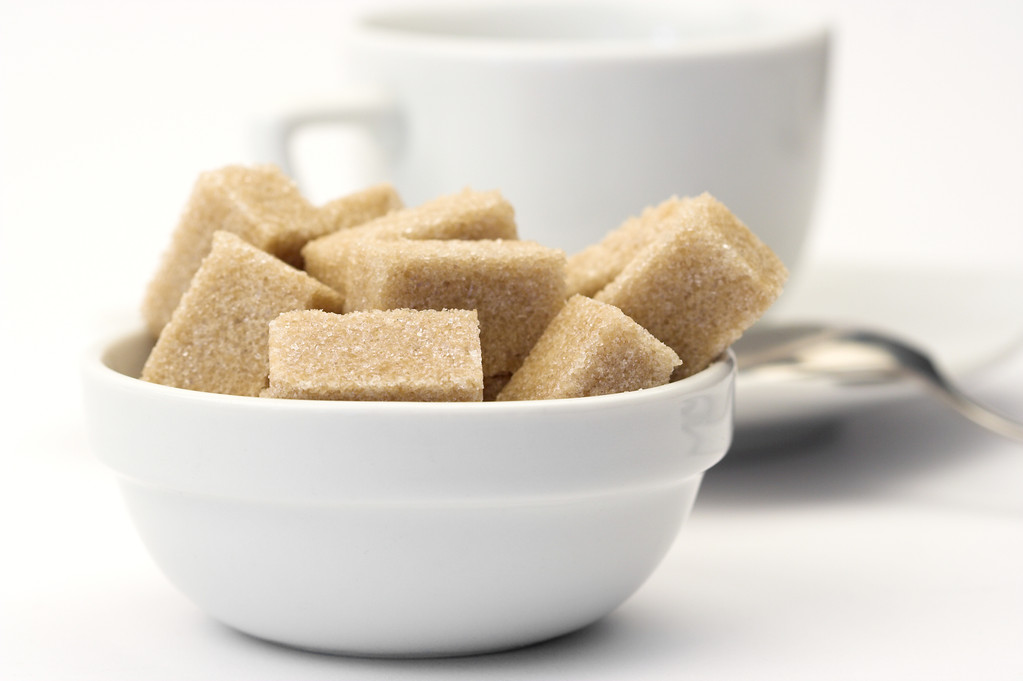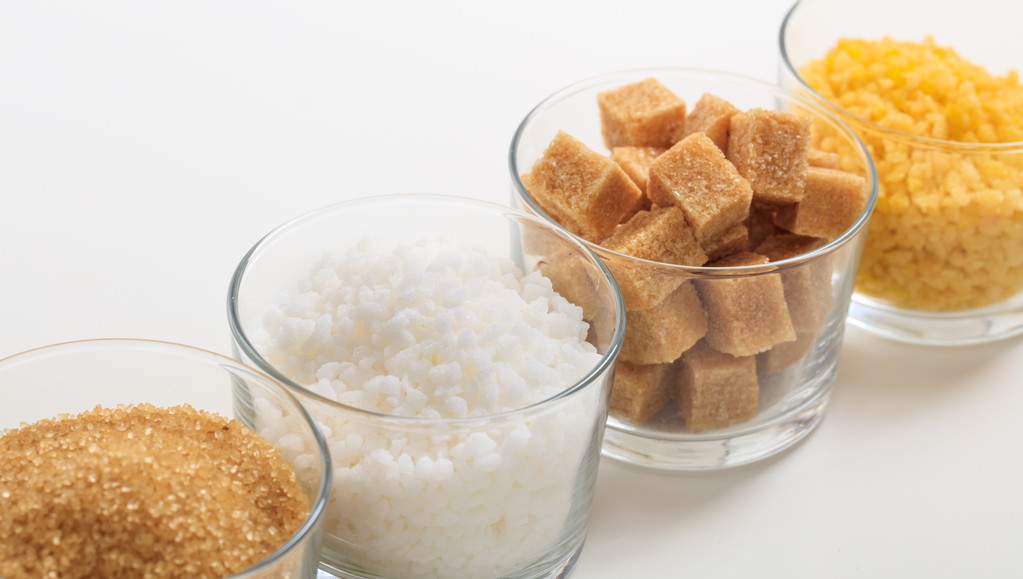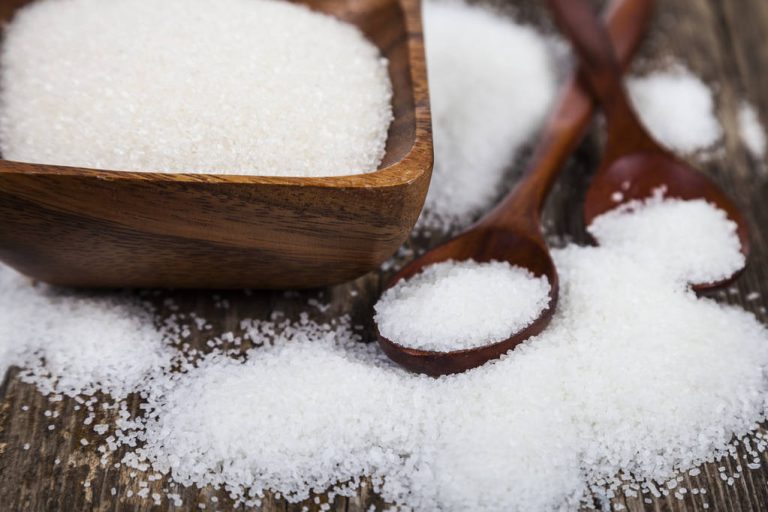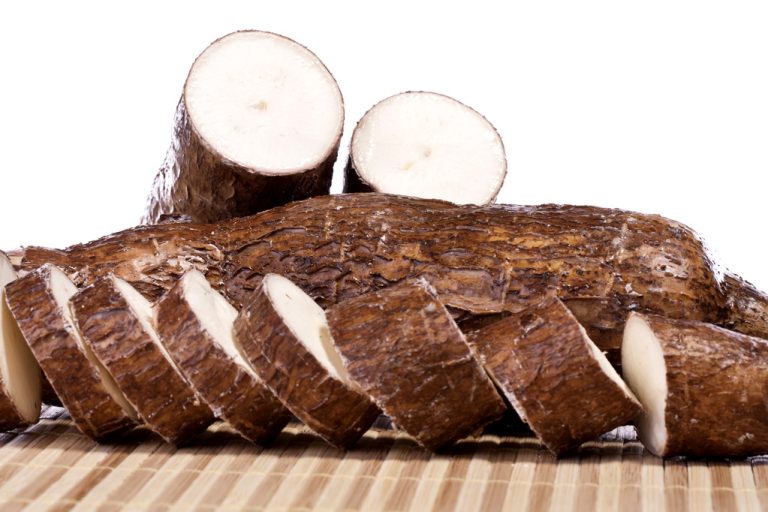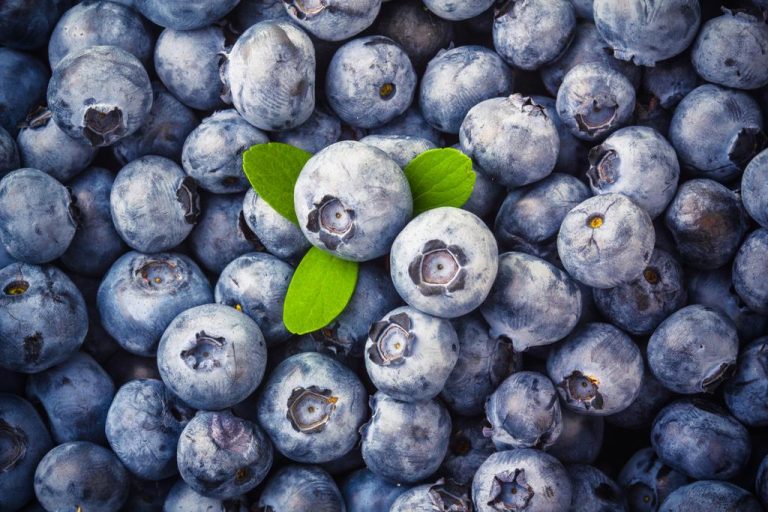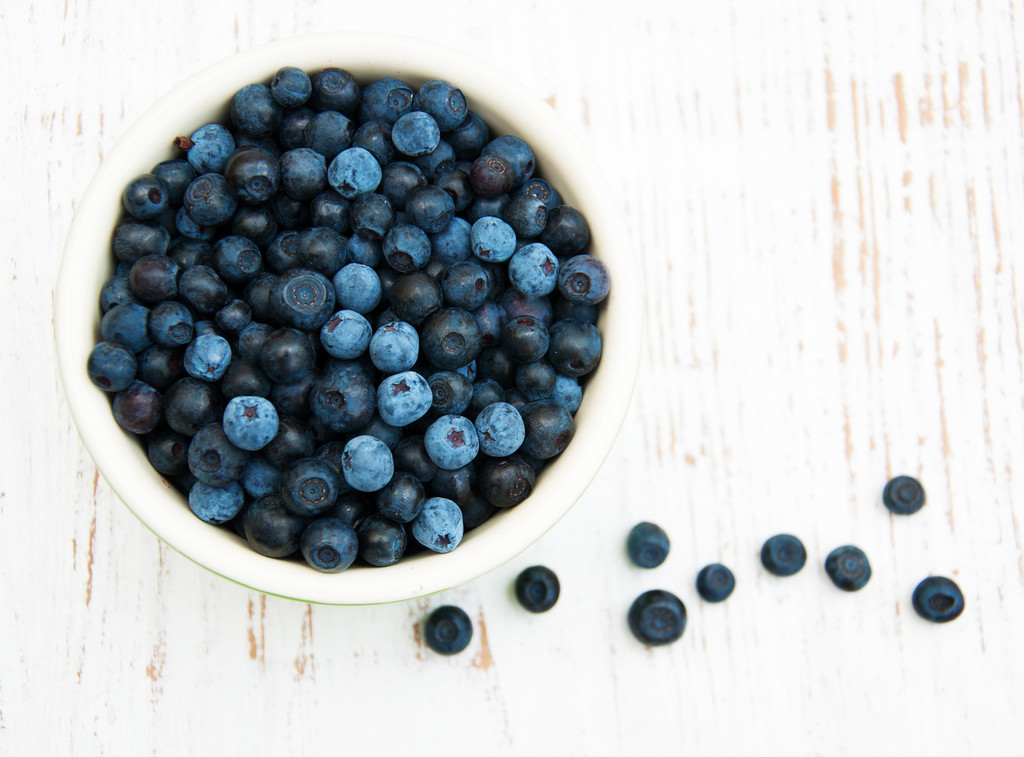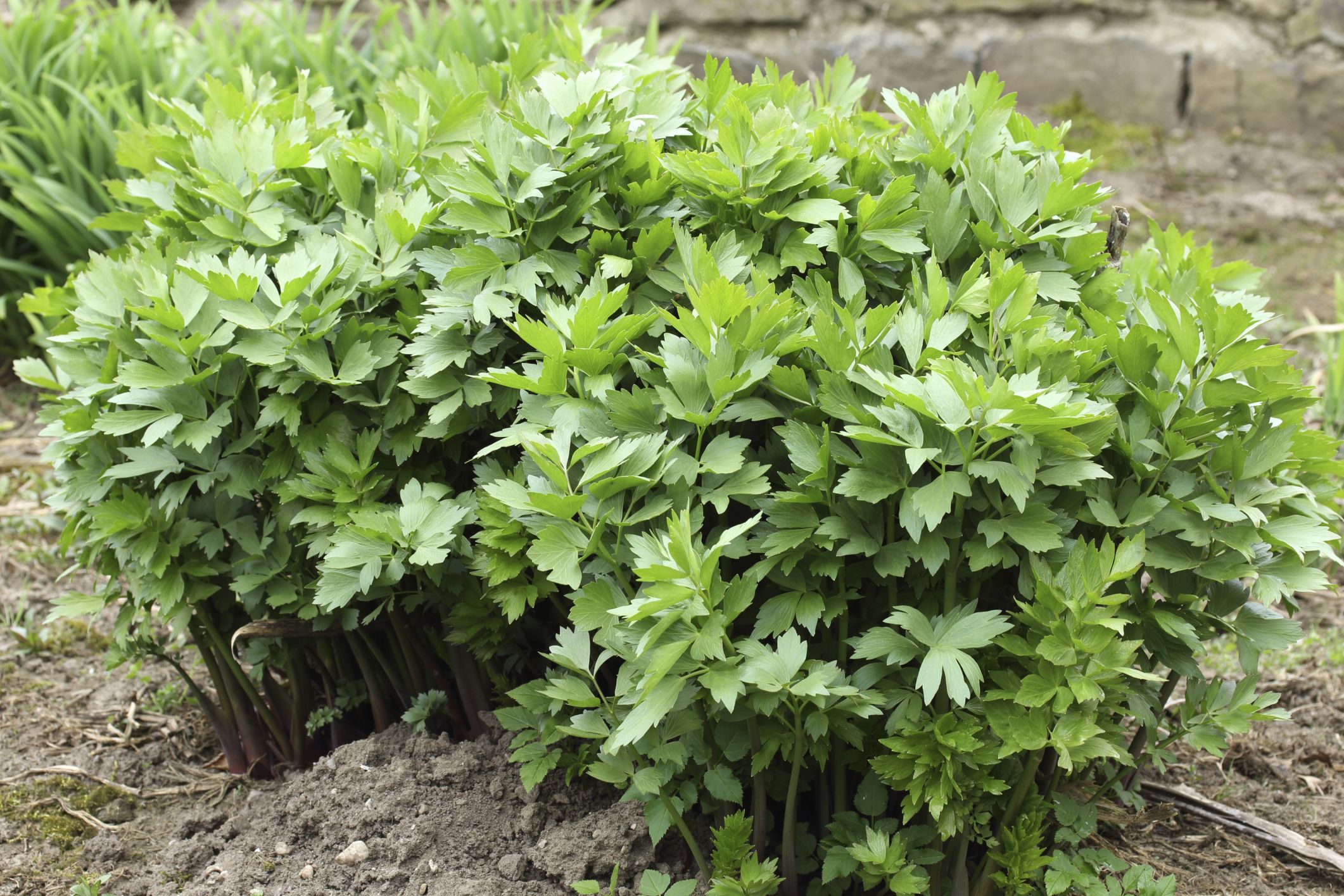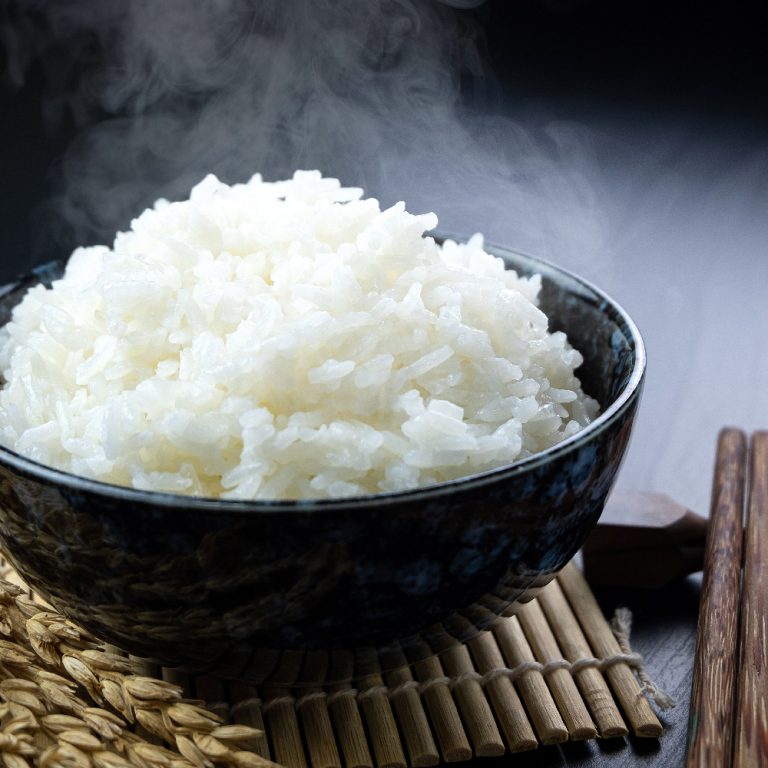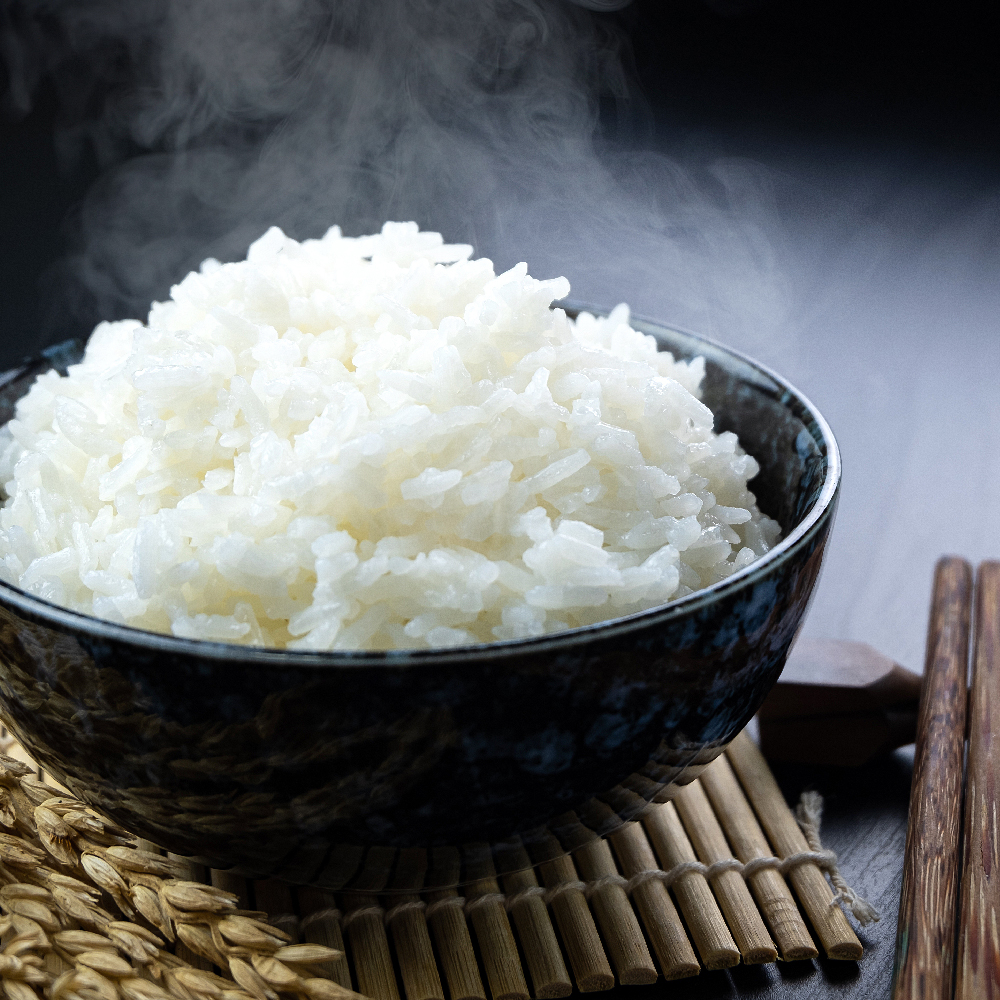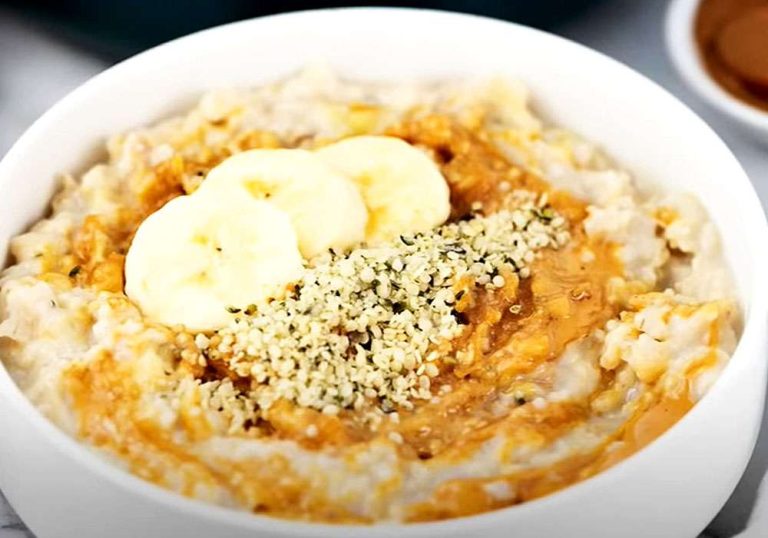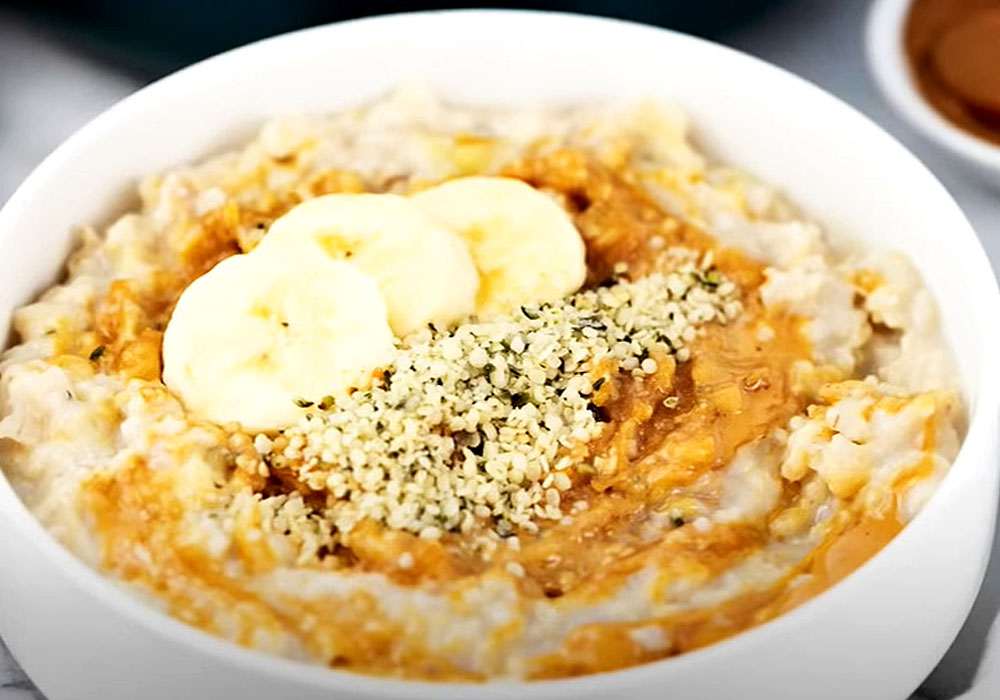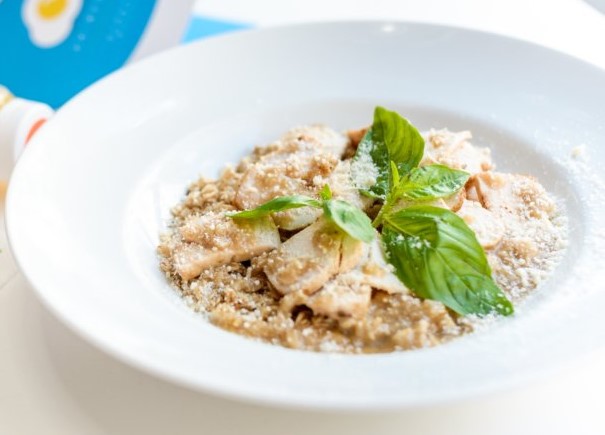Corn is high in calories compared to other vegetables. It also provides the body with a number of important vitamins and minerals. Here you can find out everything about the nutritional values of corn.

How many calories are in corn?
Corn is often part of our menu: Whether as a delicious side dish or as roasted corn on the cob from the grill – you can prepare the small yellow grains in a variety of ways. But how many calories does corn have?
100 grams of fresh cooked corn has around 90 calories. This makes it one of the most calorie-rich vegetables. Depending on how the corn was processed, the number of calories it contains will vary.
Canned Corn: 80 calories
dried corn: 350 calories
Grilled corn on the cob: 93 calories
Roasted Corn (salted): 434 calories
Popcorn is used to make popcorn. Unsweetened, 100 grams of this snack has 330 calories. However, popcorn often still contains fat or sugar, which can increase the calorie content per 100 grams to up to 400 calories.
Corn and its nutritional values
Not only is corn high in calories, it’s also packed with a variety of nutritional values. However, it consists of 72 percent water. Other ingredients in the corn kernels are fat (1.2 grams per hundred grams), proteins (3.3 grams) and carbohydrates (15.7 grams). Corn also contains many vitamins and minerals:
Vitamin A: Vitamin A not only strengthens your vision, but also your bones and your immune system.
various B vitamins
Vitamin C: Vitamin C strengthens your immune system and protects your body from the influence of free radicals.
Vitamin E: Also known as the “fertility vitamin” it supports fat metabolism.
Iron: Your body needs to absorb enough iron so that oxygen can be transported through your blood.
Sodium: Sodium conducts nerve impulses, controls your heart rhythm and ensures that all movements of your body work properly.
Calcium: Your body needs calcium to strengthen bones, teeth and cell walls.
Potassium: Just as important for your muscles as magnesium
Zinc: Strengthens the immune system and promotes wound healing
Phosphorus, the most important component of your bones
Last but not least, various essential amino acids are also found in corn. They are particularly important for the daily metabolism.
Tip: If you buy frozen corn, the vitamin and mineral content is higher than, for example, canned corn. However, cooling always costs additional energy – so it is most sustainable to prepare corn fresh when it is in season.
carbohydrates in corn
The 15.7 grams of carbohydrates found in corn include glucose, fructose, and sucrose. These ensure, among other things, that fresh corn tastes very sweet. The more time that elapses after harvest, the more sugar is eventually converted to starch and the less sweet the grains taste.
Good for digestion: dietary fiber in corn
Even though corn is relatively high in calories and carbohydrates, its nutritional values make it a healthy meal. The many dietary fibers in the corn kernels in particular contribute to this. Dietary fibers are called indigestible components of food that swell up in the intestine. According to a study, corn products have a prebiotic effect – they ensure that the benign bacteria in your intestines multiply better. This is how corn can stimulate your digestion.

